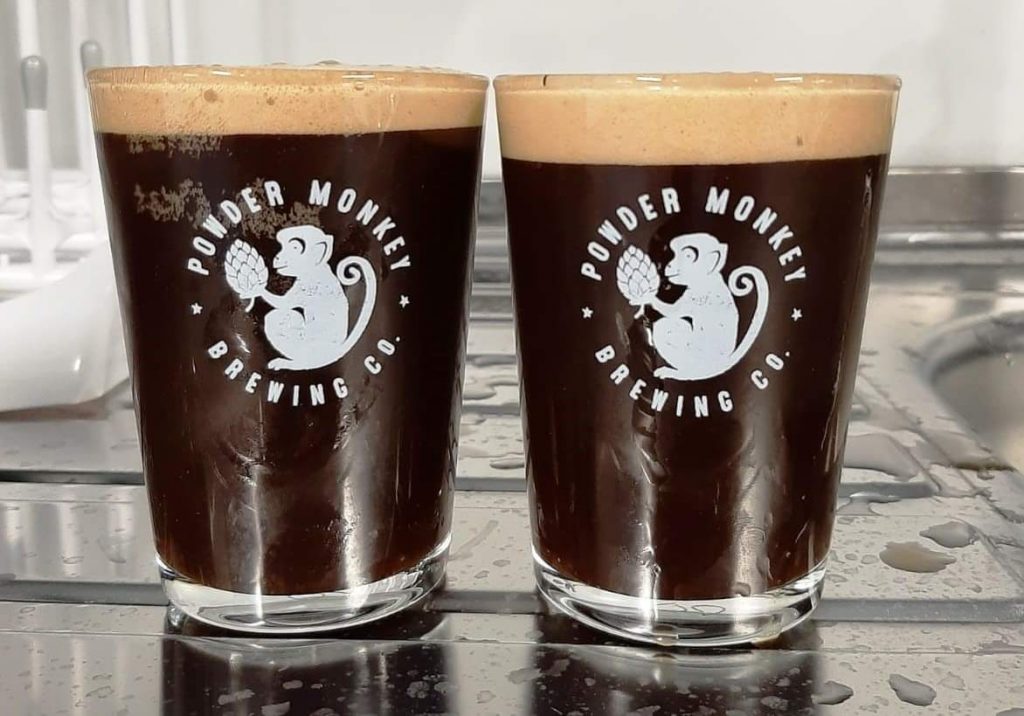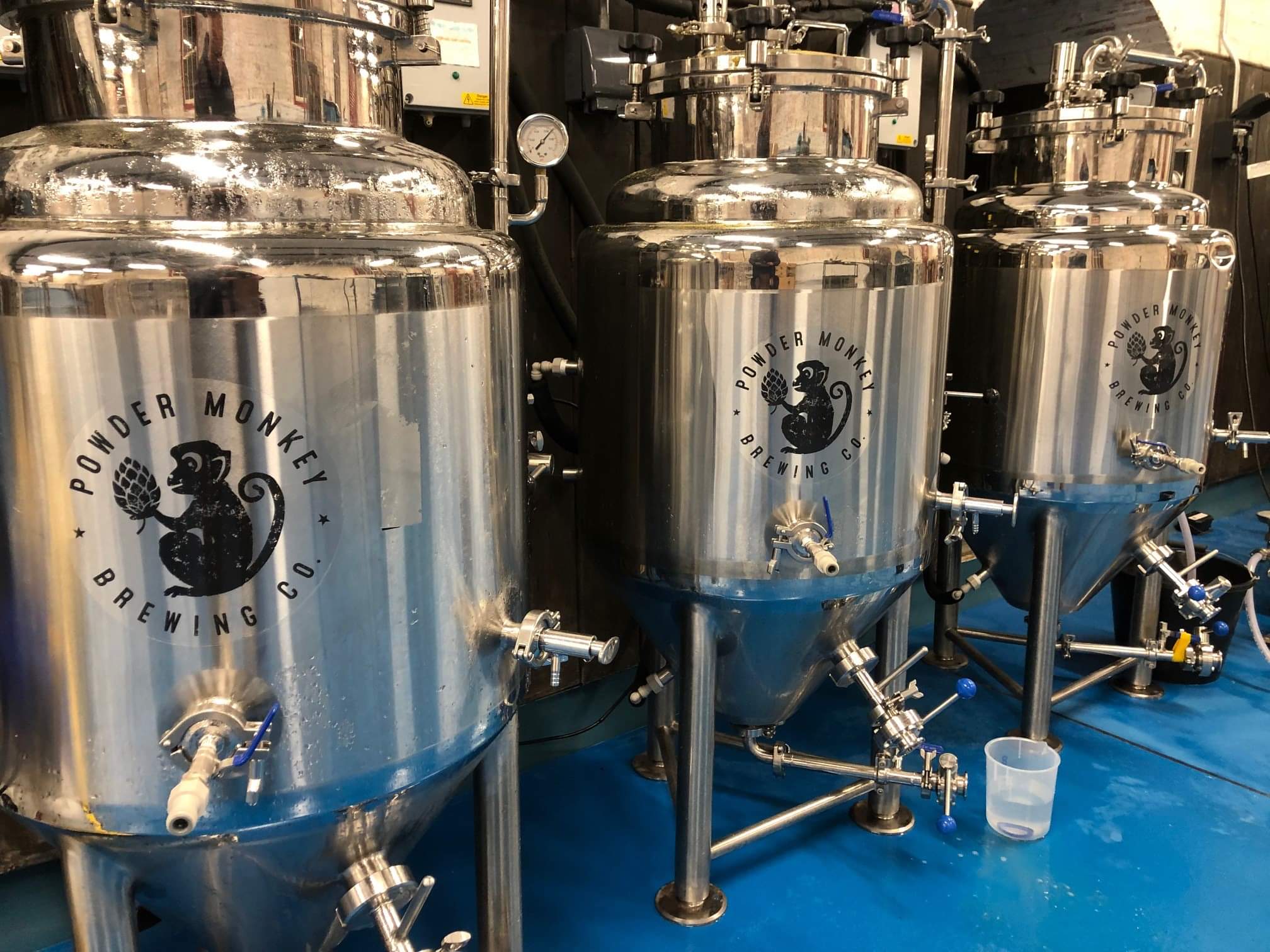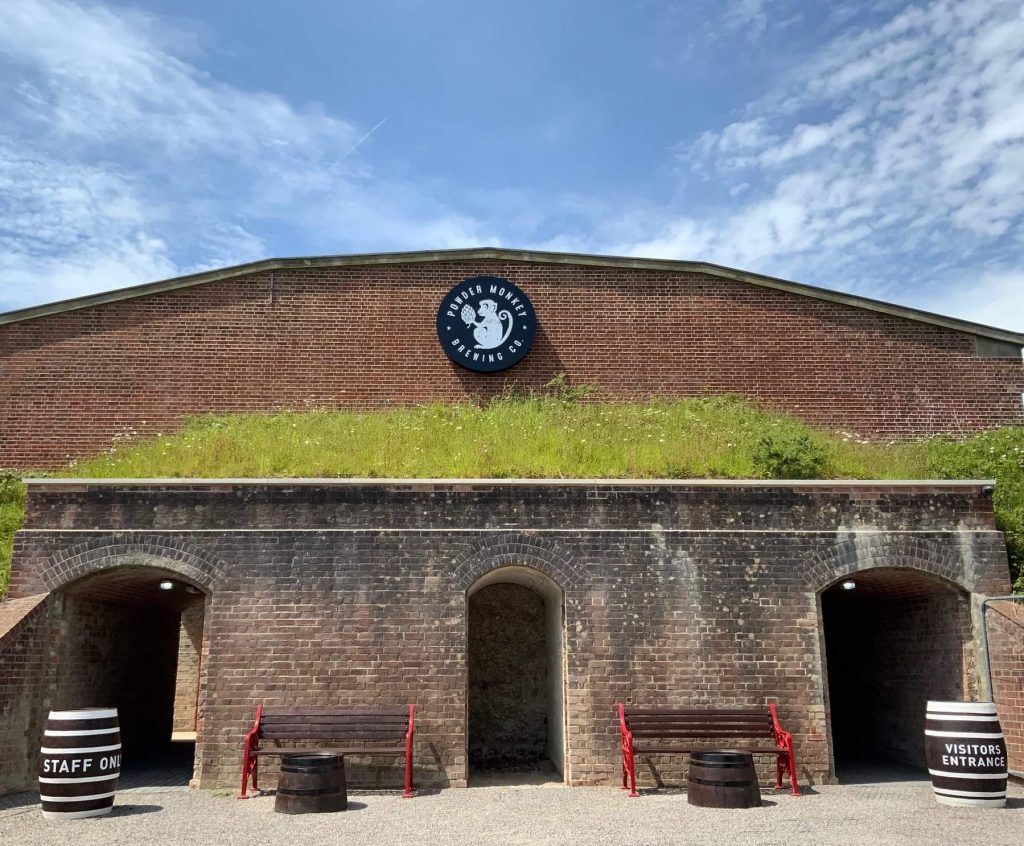Have you ever wondered why there were so many brewers and pubs in Gosport? Do you know what IPA stands for and what it represents? Do you know what sailors used to drink on board ship (as there wasn’t drinking water available until the 19th century?) Then read on…

Provisioning for the Royal Navy was undertaken in Gosport and an abundance of drinking water was always an issue. As there was little fresh water carried on ships, the crew would be reliant on ale which would keep for longer. However, around 1850 Thomas Tassell Grant of Portsea, invented an on-board desalination process, turning sea water into drinking water, giving the crew an alternative to alcohol to drink!
Then, a river class frigate, HMS Wye was fitted with this desalinating apparatus and despatched to The Crimean War, where it produced ten thousand gallons of fresh water per day.
In 1800s when British sailors sailing to India, they loaded up barrels of beer with hops, because hops were a preservative. The hops hung around in the beer for so long that they lost their fruity flavour and left a bitter tasting beer and this was the start of India Pale Ale, (IPA) which became widespread in England in 1815.
However, ale and beer appeared in Gosport in the 14th Century, according to the surviving records of what is now the Borough of Gosport. An actual brewer isn’t mentioned until 1628 however. At this time would have been mainly on a domestic scale, for drinking either in at home or in a pub. But in the 1600’s the ‘common brewer’ emerged, selling beer wholesale to retail outlets, which he may or may not have himself owned.
The expansion of Portsmouth Naval Dockyard not only boosted the local economy, but also encouraged the development of large-scale breweries selling beer for use in the Royal Navy’s ships. Only the richest brewers could compete in the market, but fraud put an end to their business. Then the Admiralty bought Gosport’s Weevil Brewery to supply direct.
Although this was by far the largest brewery in the town, there was scope for entrepreneurs, some concentrating on the malt which Weevil needed in great quantities, others investing in ‘tied houses’ in which to sell their beer. By the beginning of the nineteenth century, in the middle of the French Wars, Gosport was at the height of its prosperity, teeming with soldiers, sailors and merchants, supporting a number of medium-sized breweries.
The brewers themselves became pillars of local society, serving as local Paving Trustees, and involved in charitable work. The post-Napoleonic-War depression put an end to the growth of the older breweries but, ironically saw the inception of the two longest-lived breweries — Bidens and Blakes — both remaining in their respective families for over a century. National legislation favoured the medium and large sized breweries and only those who also owned pubs stood much of a chance of survival.
Once most local pubs were owned by one or other brewer the only way breweries could grow was to buy up their rivals. Along with improvements in transport this led to the emergence of regional breweries and by the end of the 1930s the last of Gosport’s breweries had closed, most of the beer sold in Gosport’s pubs being brewed in Portsmouth. But no longer, as there are now three breweries in Gosport!
Thanks go to local Historian Philip Eley who has researched this subject for 30 years and produced a book Brewers and Breweries in Gosport, in his Gosport Papers series, available from the Gosport Tourist Information Centre.
One new, local one, Powder Monkey Brewery, is for the first time putting on a tour for Heritage Open Days. Their head brewer will discuss the history of brewing beer, IPA and the connection to the Royal Navy during an insider’s tour of the Powder Monkey Brewery, located within Magazine E in Priddy’s Hard an original Gunpowder Store.
Sign up here: https://www.gosportheritage.co.uk/the-history-of-brewing-navy-2022/
THE 2022 PROGRAMME IS NOW OUT AND BOOKING OPENS ON 20 AUGUST 2022
Don’t forget to sign up to our email list for latest news and programme.





